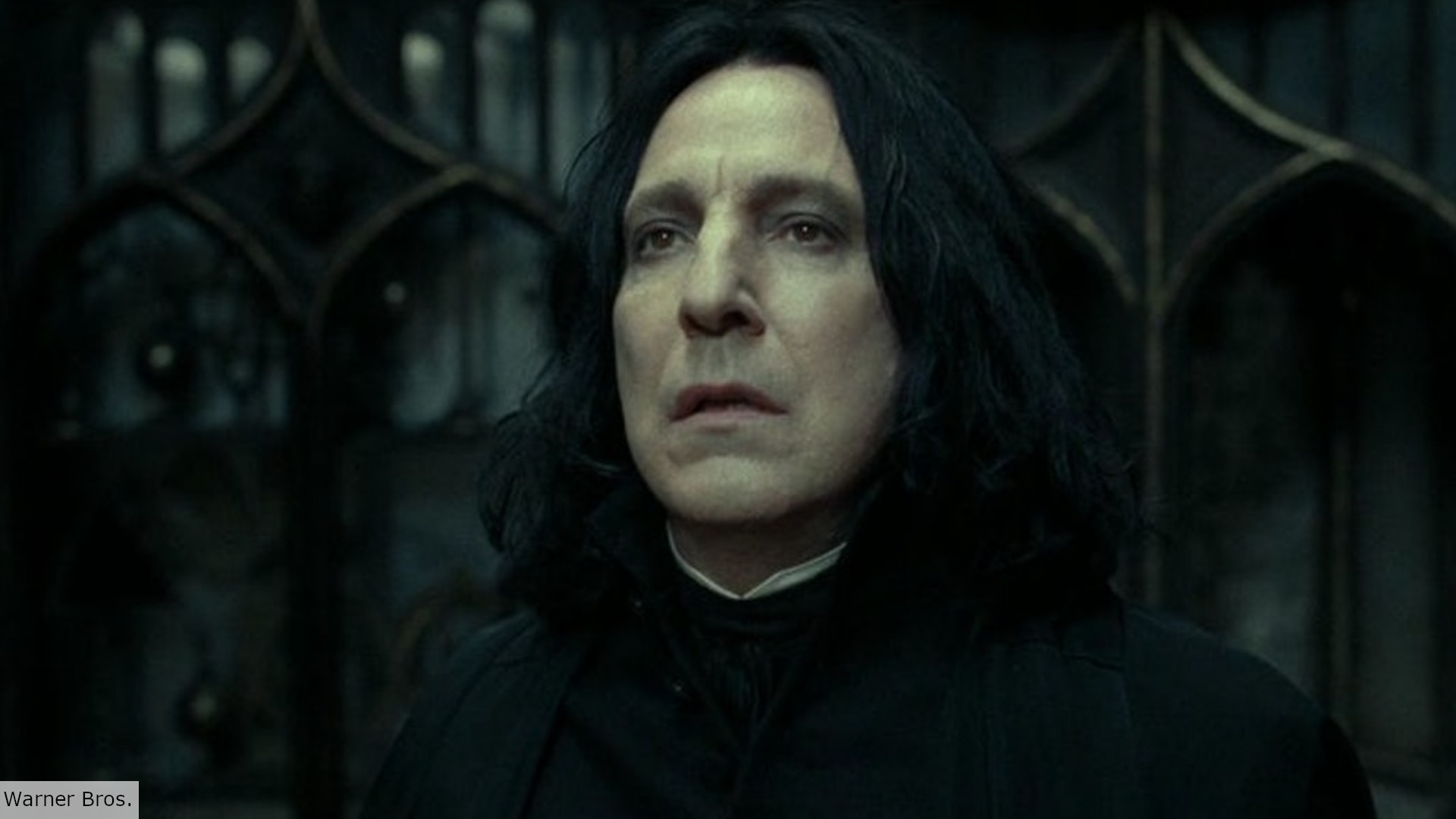The final installment of the Harry Potter franchise, aptly titled “Harry Potter and the Deathly Hallows – Part 2,” serves as a culmination of not only the journey of its titular character but also the intricate narrative threads woven throughout the series. This film illustrates the age-old battle between light and darkness, a metaphorical dance of creation and destruction that is as timeless as the wizarding world itself. It is a spectacular denouement that serves to honor both the characters and the legions of fans who have accompanied them on their fantastical odyssey.
From the very first frame, the viewer is thrust into a realm of palpable tension. The film opens with the harrowing consequences of Voldemort’s reign, an embodiment of chaos that looms large over the wizarding world. It echoes the trials of adolescence, where the transition from the innocence of childhood to the burdensome weight of adult responsibilities is all but impossible to escape. Harry, Ron, and Hermione are not merely battling a dark overlord; they are grappling with their own identities, complicated by loss, loyalty, and the overwhelming pressure to succeed in the shadow of imminent annihilation.
As the characters traverse the desolate landscapes of Hogwarts, the historical significance of the setting intensifies. Hogwarts, once a bastion of tranquillity and knowledge, transforms into a battlefield, where memories dance in the air like phantoms of the past. Each spell cast is a poignant reminder of the friendships forged and sacrifices made, encapsulating the bittersweet essence of growing up. The film employs a variety of visual allegories, such as the shadows cast by the iconic castle, symbolizing the burdens of expectation that haunt the youthful protagonists.
The climactic moments resonate deeply with the audience, as Harry’s confrontation with Voldemort is not merely a confrontation of enemies but rather a synthesis of identity. In this pivotal sequence, Harry embodies the ultimate sacrifice, a heroic archetype that transcends mere fantasy. The metaphor of mortality plays a crucial role, weaving through themes of legacy and love that are palpably felt in every act of bravery on screen. This transcendental aspect elevates the film beyond mere entertainment; it becomes a meditation on human resilience.
Ultimately, “Harry Potter and the Deathly Hallows – Part 2” encapsulates the essence of the Harry Potter saga, celebrating friendship, valor, and the interminable struggle against malevolence. It stands as a testament to the transformative power of storytelling, reminding us that in the face of despair, the light of hope can shine brilliantly, illuminating pathways yet unexplored. It is not merely the end of a series; it is a reminder that endings, much like beginnings, are imbued with the potential for new adventures, intertwined narratives, and the relentless pursuit of truth and justice within the tapestry of existence.
